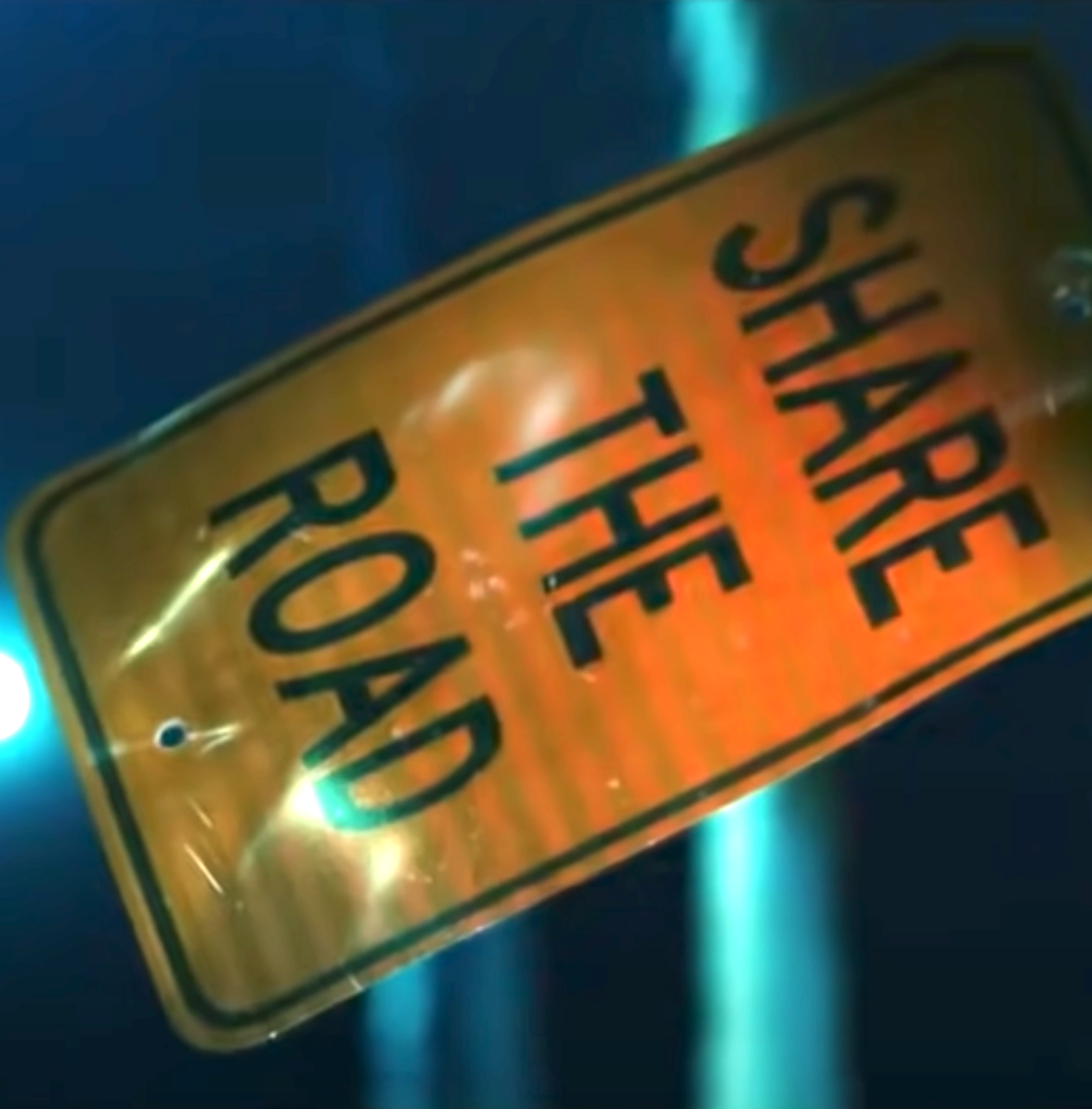This is the second bout in our quest to find America's Most Toxic Car Ads. Voting in our first match-up, Hummer EV vs. H3, will end 11:59 p.m. ET on Friday, Sept. 10.
We had a lot of repeat offenders in our pool of submissions for this contest, but seemingly none was quite so offensive as this automaker, which constituted roughly a quarter of the haul.
And if you know anything about car ads, you can probably guess we're talking about Dodge.
Year after year, Detroit's most drag race-influenced automaker grabs headlines for manufacturing some of the most dangerous vehicles available to the average motorist, and their drivers garner their own share of bad press for having some of the highest rates of on-road fatalities around. And it's no wonder, considering the Stellantis' imprint's notorious campaigns, which advertising pro Tom Flood noted are almost uniformly replete with "smoking tires, tight corners, excessive speed, and racing stripes on the cars [that] communicate aggression and a desire to intimidate those beyond the windshield."
Today, we're talking about two of the company's very worst ... though don't be surprised if Dodge makes another appearance (or two) in the course of the competition.
The Dodge Demon
Here at Streetsblog, we talk a lot about how messed up it is that thousands of Americans are literally allowed to get away with murder and manslaughter every year, as long as their weapon of choice is an automobile. But there's still something a little shocking about a car commercial that's shot like a horror movie about a leather-gloved serial killer hellbent on exorcising the devil within by ... Tokyo-drifting through a downtown crosswalk, for some reason?
For almost every second of this sound designers' two-and-a-half minute wet dream, the Dodge Demon growls and shrieks through the streets of a bafflingly empty city, loud enough to make buildings tremble, shop windows crack, and suspension bridges to threaten to snap. (One would think all that engine noise would not be a selling point for a commercial sponsored by Pennzoil, but we digress.)
At the 1:24 minute mark, the car gets so noisy that it somehow breaks the sound barrier and literally shatters the bolts on a "Share the Road" sign, repelling it off its post and sending it spinning ninja-star-style through the air. It's an extremely subtle and tasteful message about who really has the ultimate right to our city streets. (Hint: not the pedestrians, who have all been raptured and/or already exterminated by this satanic muscle car.)
At the end, our anonymous murderer illegally parks his ride diagonally behind a church, has a meet-cute moment with a possessed gargoyle, and sends his boss a vague text that the "Demon is back in its place," before departing to terrorize the highways of rural Germany.
But is this unholy motor worse than this omnibus ad for not one, but two of Dodge's most dangerous cars of all time?
The Dodge Challenger Hellcat/Viper
What's worse than ad for a sports car that's capable of "track" speeds of 206 miles per hour where the vehicle is depicted driving exclusively in city garages, highways and roads?
An ad where two cars hit those deadly speeds — and the voiceover explicitly praises how likely they are to kill someone.
This bad ad technically didn't come to us through our normal submissions process, but it was too toxic not to earn a spot in this bout. In a recent op-ed for Streets.MN (republished by Streetsblog here,) writer Bill Lindeke called it "the worst car commercial I’d seen," in part thanks to its truly unbelievable script:
[Menacing male voice] We don’t have to worry about predators like our ancestors did.
No saber tooth tigers stalking from the brush. No dire wolves circling the camp.
There are no more monsters to fear. . . . And so we have to build our own.
Wait... why, exactly, are we supposed to be nostalgic for the days when mankind was routinely mauled by feral beasts?
For those of us who aren't on team make-America-a-violent-prehistoric-hellscape-again, this naked appeal to humanity's predator id is probably a little confusing. But for those of us who would love to live in a world with more rampaging mastodons, we regret to inform you that the Dodge Viper was discontinued in 2017, because the car, which was nicknamed "the widow-maker," lacked traction control or stability control, which made it prone to oversteering and deadly high-speed collisions — and until 2001, it didn't even have antilock brakes. There was simply no way the National Highway Traffic Safety Administration could allow such a clearly dangerous vehicle to be sold to non-professional drivers in good conscience.
Just kidding! Dodge discontinued it because it wasn't selling anymore, thanks to Americans' increasing preference for SUVs and trucks, which are more likely to endanger people outside the car while saving the occupants' lives ... rather than endangering the driver and everyone around them, like the Viper.
But all the other stuff is still true — and new Challenger Hellcats are still prowling the streets to this day.
It's time to vote: which ad deserves a spot in the quarterfinals, and which needs to get the heck out of dodge?
Polls are open until Tuesday, Sept. 14 at 11:59 p.m.
[poll id="189"]






